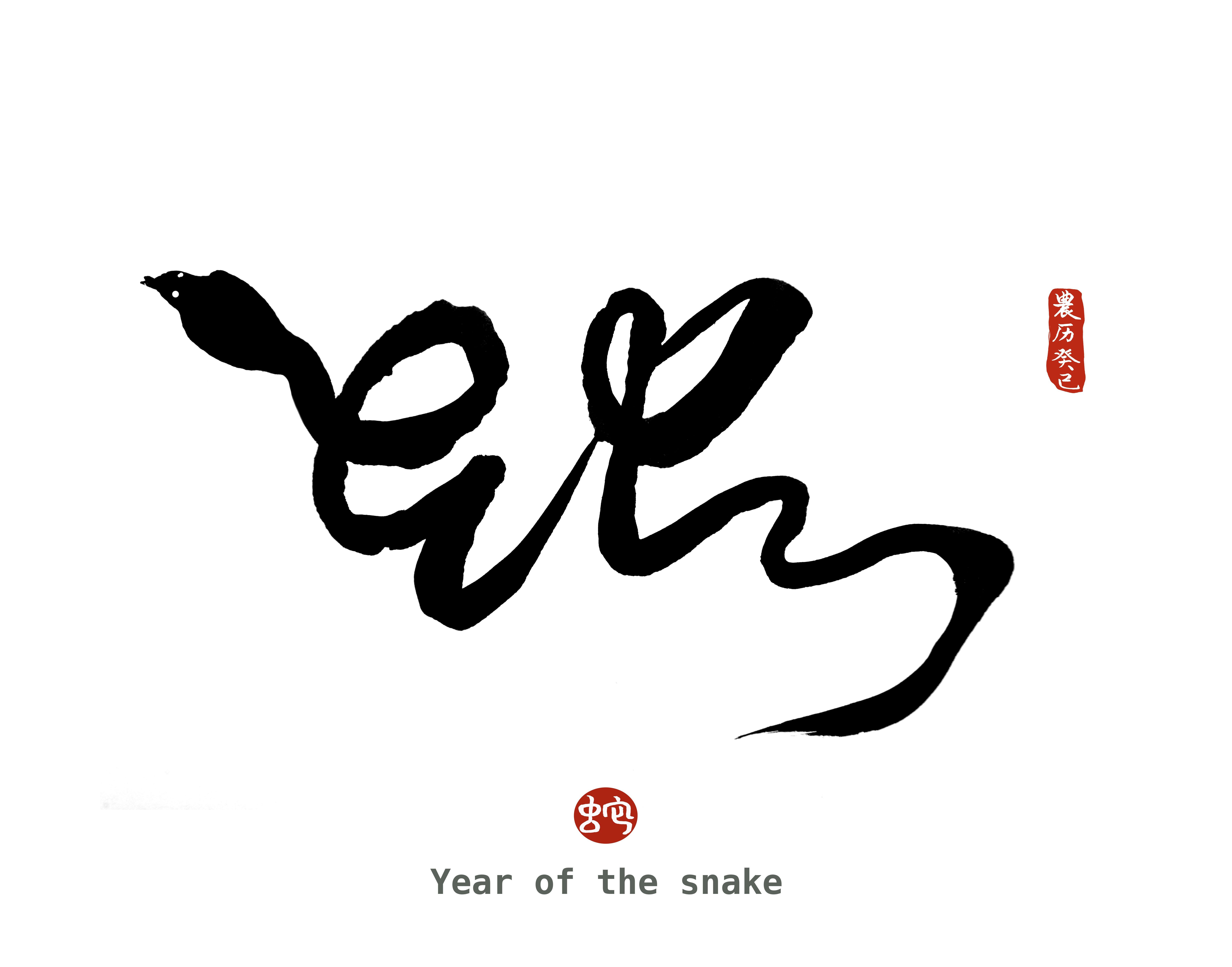As the Chinese New Year begins, it’s a perfect time to reflect on what the upcoming year holds.
Lunar New Year, also known as Chinese New Year or Spring Festival, is a significant cultural celebration marking the start of the lunisolar calendar.
With roots tracing back some 3,500 years to ancient China, it signifies the end of winter and the arrival of a new year. The festival holds deep importance in Chinese culture and is observed with various traditions and festivities.
The holiday, China's biggest, this year falls between January 28 and February 4 and marks the arrival of the Year of the Snake.
The last Year of the Snake happened in 2013.
Why is it the year of the snake?
2025 is the Year of the Snake according to the Chinese zodiac calendar, a 12-year cycle represented by animals.
Each year is associated with a specific animal, influencing the characteristics of those born under its sign.
Babies born in 2025 will be snakes, following 2024's dragons and preceding 2026's horses.
The cycle continues with the Rat, Ox, Tiger, Rabbit, Dragon, Snake, Horse, Goat, Monkey, Rooster, Dog, and Pig, each representing a different year in the repeating 12-year sequence.

How do I find out what animal represents the year I was born?
Snake (1929, 1941, 1953, 1965, 1977, 1989, 2001, 2013, 2025)
Rooster (1921, 1933, 1945, 1957, 1969, 1981, 1993, 2005, 2017)
Pig (1923, 1935, 1947, 1959, 1971, 1983, 1995, 2007, 2019)
Rat (1924, 1936, 1948, 1960, 1972, 1984, 1996, 2008, 2020)
Monkey (1956, 1968, 1980, 1992, 2004, 2016)
Horse (1954, 1966, 1978, 1990, 2002, 2014, 2026)
Goat (1955, 1967, 1979, 1991, 2003, 2015)
Tiger (1950, 1962, 1974, 1986, 1998, 2010, 2022)
Ox (1949, 1961, 1973, 1985, 1997, 2009, 2021)
Dragon (1952, 1964, 1976, 1988, 2000, 2012, 2024)
Rabbit (1951, 1963, 1975, 1987, 1999, 2011, 2023)
Dog (1958, 1970, 1982, 1994, 2006, 2018)
Chinese astrologers believe that each sign experiences the influences of the year differently, with some set for prosperity and others facing cautionary tales.
Read More
How is Lunar New Year celebrated around the world?
- Lunar New Year, celebrated by many Asian communities, begins on January 29, 2025, marking the Year of the Snake in the Chinese zodiac.
- Festivities include carnivals, family gatherings, parades, traditional foods, and fireworks, often extending for several days.
- The Lunar New Year, also known as Spring Festival (China), Tet (Vietnam), and Seollal (Korea), is tied to the lunar calendar and falls between late January and mid-February.
- The Year of the Snake symbolizes rebirth, regeneration, and the pursuit of love and happiness, though snakes hold both feared and revered status in Chinese culture.
- Celebrations often involve red decorations, symbolic of good fortune, and special foods like dumplings, rice cakes, and noodles, varying by culture. Ancestor worship and specific rituals are also common practices.
- Read more here
What traditions are associated with Chinese New Year?
Lunar New Year is more than just a celebration; it's a vibrant tapestry of cultural heritage, uniting families and communities in a spirit of renewal and hope.
From the meticulous cleaning of homes (chucheng) to banish bad luck, to the explosion of lucky red – lanterns, intricate papercuts, and spring couplets (chunlian) adorning every doorway – tradition takes centre stage.
The giving of red envelopes (hongbao) and sharing auspicious meals further strengthen family bonds, marking a time of optimism for the year ahead.
These time-honoured customs underscore the festival's deep cultural significance, offering a fresh start and a shared sense of belonging.
What does the snake symbolise in Chinese culture?
In Chinese literature and mythology, the snake occupies a fascinatingly contradictory position.
While associated with the yin – darkness, dampness, and femininity – its negative connotations often link poisonous snakes to seductive, yang-draining women.
Conversely, the snake also embodies positive symbolism. Referred to as "little dragons", their shed skin, the "dragon's coat", signifies good luck, rebirth, and regality.
This duality extends to the snake's representation of love and happiness, as depicted in "The Legend of the White Snake," and its association with wealth, wisdom, and longevity, often grouped with the turtle and crane.







